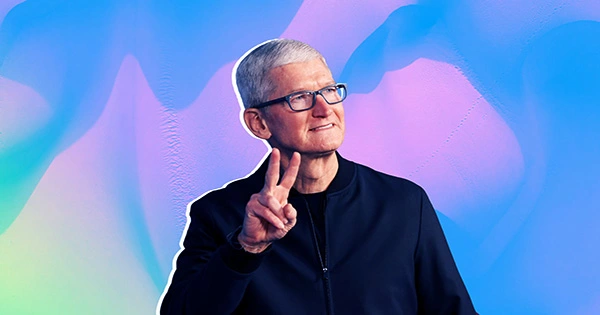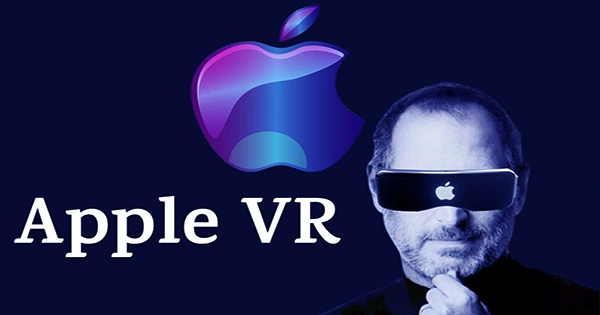Later this year, when Tim Cook introduces Apple’s new “mixed-reality” headgear, he won’t just be showcasing the company’s newest, glitziest device.
The Apple CEO will also make sure that his legacy includes the introduction of a cutting-edge hardware item that some employees think could someday compete with the iPhone.
The tech behemoth is anticipated to release a headset with both virtual and augmented reality as early as June after seven years in development—twice as long as the iPhone.
For Cook, the risks are very high. The headset will mark Apple’s first completely under his direction developed new computing platform. The initial designs for the iPhone, iPad, and even the Watch were all created by Apple co-founder Steve Jobs, who passed away in 2011.
Apple experienced phenomenal development under Cook’s leadership, increasing its market capitalization from about $350 billion in 2011 to about $2.4 trillion today. The company has been charged with iterating on previous concepts rather than pioneering anything new, despite the fact that its accessories segment has grown to be a $41 billion business thanks to the simultaneous launches of Apple Watch in 2015 and AirPods a year later.

An ex-Apple engineer who worked on the headset’s development said, “They have tremendous pressure to ship” it. For the past [few] years, they have been delaying the debut every year.
According to numerous individuals familiar with Apple’s internal discussions, the project’s launch date has been a source of contention ever since the project started in early 2016.
A ski-goggle-like headset that will enable users to view immersive 3D video, engage in interactive workouts, or converse with lifelike avatars through an updated FaceTime was what Apple’s operations team called “version one” of the product.
However, Apple’s renowned industrial design team had issued a stern warning against impatience, preferring to wait until a lighter form of AR glasses was technically possible. Most people in the business sector anticipate that it will take a few more years.
According to two people familiar with Apple’s decision-making, Cook overruled the early objections from Apple’s designers to wait for the technology to catch up with their vision and agreed with operations chief Jeff Williams in choosing to move forward with a debut this year.
Going against the desires of Apple’s all-powerful design team would have been unthinkable just a few years ago. However, Apple’s organizational system has changed since the departure of its longtime leader Jony Ive in 2019, with design now reporting to Williams.
Evans Hankey and Alan Dye were assigned to the hardware and software, respectively, of Iprevious ve’s chief design officer position. But Hankey revealed in October of last year that she would be leaving in six months, which has resulted in a sizable staff turnover in the section in recent years.
According to a former Apple engineer, the expansion of operations’ influence over product development is a “logical progression” of Apple’s course under Cook. This individual claimed that creating engineering solutions to the “insane requirements” from the design team used to be the best part of working at Apple, but that has changed in recent years.
Apple opted not to respond.
The 12-person executive team at Apple illustrates how Cook, a former operations chief, has changed the company’s emphasis. The only person to follow Ive as chief design officer, who oversaw the creation of the iMac, iPod, iPhone, and Watch, is one of the 12 members of the group, who have all advanced through Apple’s operations ranks.
Although the headset’s success or failure could have significant effects on Tim Cook’s image as a level-headed leader and Apple’s ability to continue innovating, its initial sales are probably going to be a rounding error.
According to two individuals familiar with the company’s planning, Apple is only anticipating selling a million units of its headset in the first 12 months, which is less than the first iterations of the iPhone or Apple Watch sold in the year after their introduction.
The complicated gadget, which will have many cameras and high-resolution screens, is anticipated to cost around $3,000, which is three times as much as Meta’s Quest Pro. This could limit its appeal.
Even $3 billion in yearly sales would only represent a small portion of Apple’s $400 billion in revenue from the previous year.













